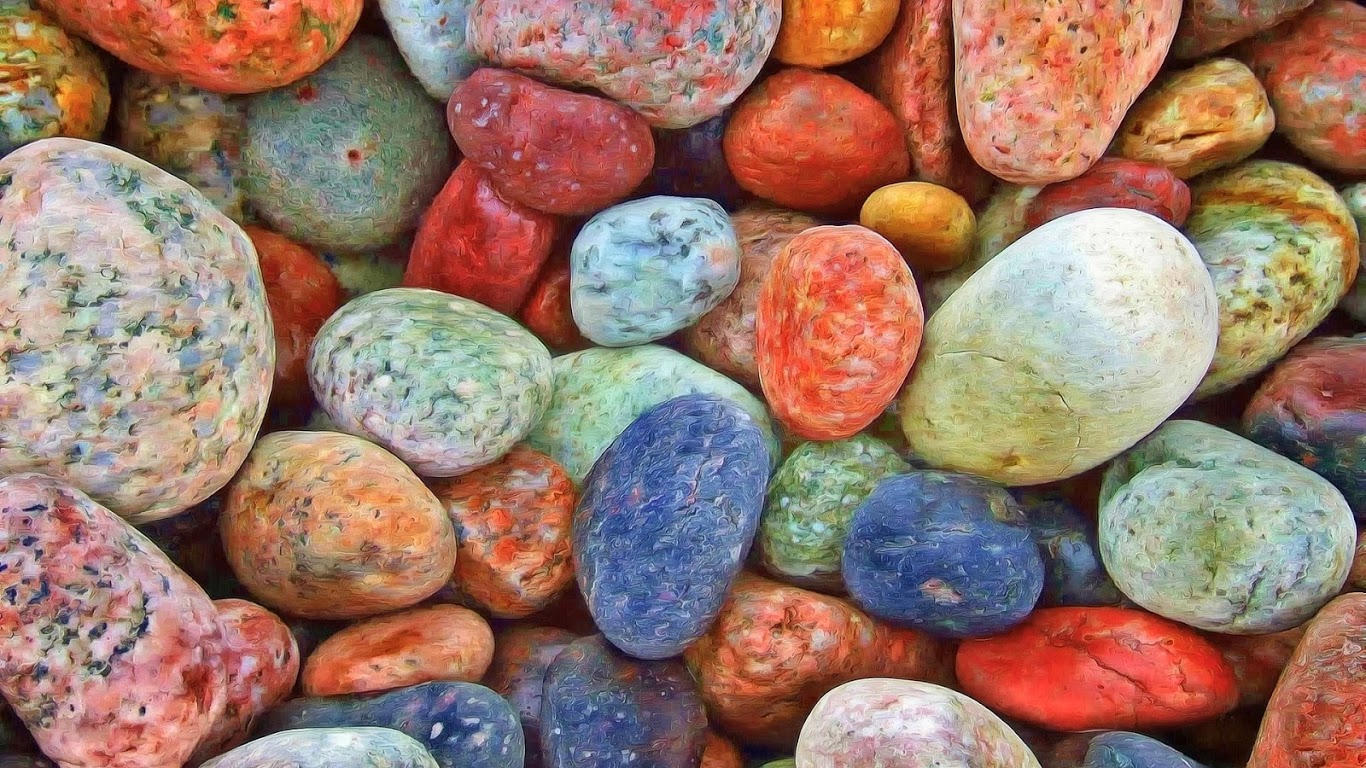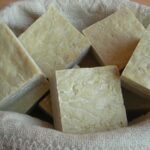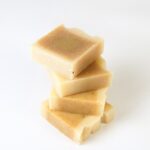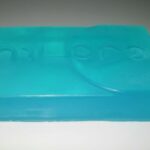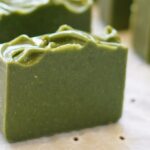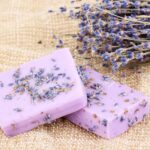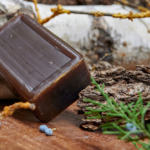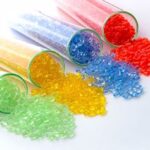Diversity characterizes natural stones. Different kinds of stone and textures imply different material properties which are not suitable for all construction projects in the same way. It can be challenging to understand the many technical terms specific to natural stone (slip resistance, sensitivity to acidity, etc.). That is why we have compiled an overview for you. In the latter, we assign to each natural stone and each characteristic an interior and exterior value that should help you make your choice!
1) Abrasion resistance
2) Stain resistance and ease of maintenance
3) Resistance to acids
4) Compatibility with pets
5) Frost resistance (outside)
6) Dimensional tolerances
7) Resistance to breakage
8) Scratch resistance
9) Erosion resistance (outside)
11) Well-being in the habitat
12) Colour durability
13) Compatibility with wetlands
14) Thermal conductivity
How to interpret this table?
Each natural stone and each property is assigned a value, from one to three stars.
* = existence of certain restrictions
** = generally good properties, but dependent on the finish of the stone surface.
*** = good properties
| Characteristics / Type of natural stone | Limestone | Sandstone | Slate | Granite | Travertine | Quartzite | Marble | Basalt |
| 1) Abrasion resistance | ** | * | *** | *** | ** | ** | ** | *** |
| 2) Stain-resistance to tasks and ease of maintenance | ** | ** | ** | ** | ** | ** | ** | ** |
| 3) Resistance to acids | ** | ** | ** | ** | ** | ** | * | * |
| 4) Compatibility with pets | *** | *** | *** | *** | *** | *** | * | *** |
| 5) Frost resistance (outside) | * | ** | *** | *** | *** | *** | ** | ** |
| 6) Dimensional tolerances | ** | ** | ** | ** | ** | ** | ** | ** |
| 7) Resistance to breakage | *** | *** | *** | *** | *** | *** | *** | *** |
| 8) Scratch resistance | ** | ** | ** | *** | *** | *** | ** | ** |
| 9) Erosion resistance (outside) | ** | ** | *** | *** | *** | *** | ** | ** |
| 10) Slip resistance (see annotations below) | ** | *** | *** | *** | ** | * | *** | |
| 11) Well-being in the habitat | *** | *** | *** | *** | *** | *** | *** | *** |
| 12) Colour Durability | *** | *** | *** | *** | *** | *** | *** | *** |
| 13) Compatibility with wetlands | ** | * | *** | *** | *** | ** | * | ** |
| 14) Thermal conductivity | ** | ** | ** | *** | *** | *** | *** | *** |
Please read the table with the additional explanations below.
Definitions and remarks on the characteristics of natural stone present in the table
1) Abrasion resistance
Abrasion resistance is the ability of a firm surface to withstand mechanical stress. Natural stone is generally characterized by high resistance to abrasion. It should, of course, face it under normal use in your home.
2) Stain resistance and ease of maintenance
With the right care and the right products, most natural stones are relatively easy to maintain and better protected from stains. The waterproofing of your floor and the use of a multi-cleaner are the basis for the maintenance of natural stone. For basalt, waterproofing is not enough. The stone should be vitrified. (The evaluation of the stones in the table corresponds to a stone that has been waterproofed and cleaned with a multi-cleaner suitable for natural stone).
3) Resistance to acids
Apart from most granites, quartzites and sandstones, natural stones are relatively sensitive to acids. That is why they should be cleaned with non-acidic products. Marble is an example of a stone that is particularly sensitive to acids. The acid sensitivity of natural stone is related to the surface finish. On a tumbled surface, for example, traces of acid will be only slightly visible. Polished surfaces (e.g. marble) will, however, be attacked somewhat by acid. Vitrification will better protect this type of stone.
4) Compatibility with pets
As a general rule, all natural stones are suitable for pets. If animals also use the soil, the acid sensitivity of the stone (see paragraph 3) should be considered, as they may vomit, as well as its anti-slip properties. All unpolished surfaces (e.g. tumbled, flamed or softened) and therefore non-slip are generally suitable for pets. Most marble tiles are polished and therefore tend to be more slippery and sensitive. So they are less suitable for pets.
5) Frost resistance (outside)
Apart from some limestone with limited frost resistance outdoors, it is quite possible to lay most natural stone in your garden without any problems. To ensure the frost resistance of the stone, however, care must be taken to ensure optimal water drainage during installation. To guarantee good water drainage, we recommend laying the tiles on a bed of (noble) gravel with a minimum slope of 3%. Ask your seller if you would like to know more about the stone you are interested in. Ask your natural stone dealer for the stone you are interested in.
6) Dimensional tolerances
The dimensional tolerances of natural stone can vary significantly. Slate is generally rough, so its dimensional tolerances may be higher. If natural stone is sawn, its dimensional tolerances are small. Usually, we can say that the irregularities of natural stone are higher than for porcelain stoneware tiles.
7) Resistance to breakage
Regarding the resistance to breakage, the hardness of the stone is important, but the structure of the screed and the laying bed is just as important. This depends on stability factors such as glue on the inside and gravel on the outside. If the installation is correctly carried out, you can be sure that your natural stone is resistant to breakage.
8) Scratch resistance
Scratch resistance differs from stone to stone. While slate is more of a soft stone, travertine is a semi-hard stone and granite is a hard stone. For many natural stones, such as slate, the light scratches on the surface will disappear without your intervention.
9) Erosion resistance (outside)
Depending on the region where it is laid, environmental factors can damage the stone. The choice of stone, pre-treatment and maintenance products is therefore essential. Anti-foam products that rid your stone of the consequences of bad weather or act as a preventive product are, for example, available on the market.
11) Well-being in the habitat
Your home will provide you with optimal well-being if you choose a rather soft stone with warm and light tones. In principle, natural materials are healthier than artificial materials.
12) Colour durability
When deciding on a natural stone floor, you must pay attention to the choice of maintenance products and in general in the intolerance of the stone to acids so that the stone does not change colour or fade. For proper maintenance and normal use of the stone indoors, you do not have to worry about discolouration.
13) Compatibility with wetlands
Because of its surface and absorbency, sandstone is generally not suitable for wetlands. This is also the case with very smooth surfaces such as marble or other stones with a polished surface. Do not put them in the bathroom as you may slip.
14) Thermal conductivity
Natural stone has almost twice the thermal conductivity of porcelain stoneware. This property is particularly efficient and environmentally friendly.
If you want to see more useful information about different categories, please visit our website.
